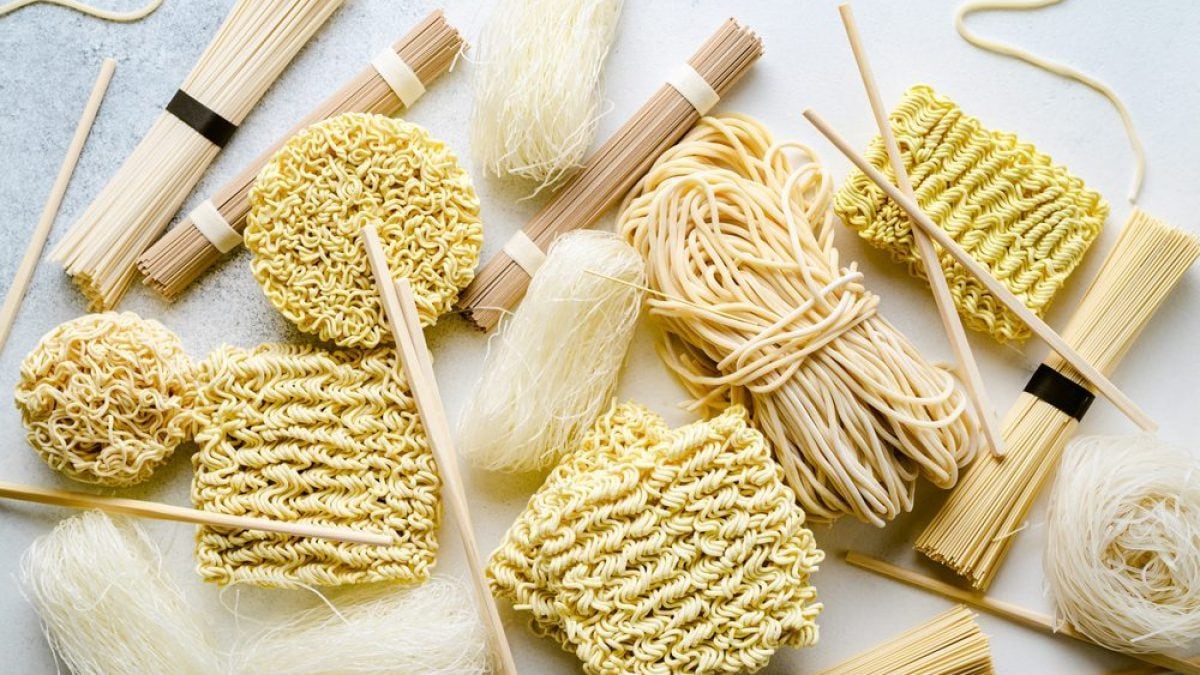
Versatile, light, tasty: noodles have conquered the world starting from the East and it is no coincidence. Thanks to the speed of cooking (there are even instant ones today) and the ability to be seasoned in many different ways, the specialty of oriental cuisine has now become a global delicacy, easy to try to make at home with very few ingredients.
Noodles are often called “Chinese spaghetti” or “Japanese spaghetti” because of their similar shape to the Italian pasta format, but in reality the two recipes are totally different from the ingredients to the type of processing and preparation.
Let's find out what noodles are, all the types they exist in and all the ways you can prepare this iconic dish from the Far East that also became iconic thanks to the famous Japanese cartoons of the 1980s.
What Are Noodles and How Are They Made?
Noodles are a particular type of pasta that originated in China more than 4,000 years ago and which, through migration and trade, also spread to other nations in the Far East, particularly Japan, where they have become deeply rooted in the local culture, but also to Korea, Thailand and in general to a good part of Southeast Asia.
The term noodle is the way this particular dish was called once it arrived in the West: it is an English word that derives from the German nudel and which means precisely “pasta”, which came into use in England in the 18th century to indicate a long and thin pasta. However, it is only since the 19th century that “noodle” has been associated with oriental pasta, that is, since the first Chinese immigrants began to introduce this dish to the West.
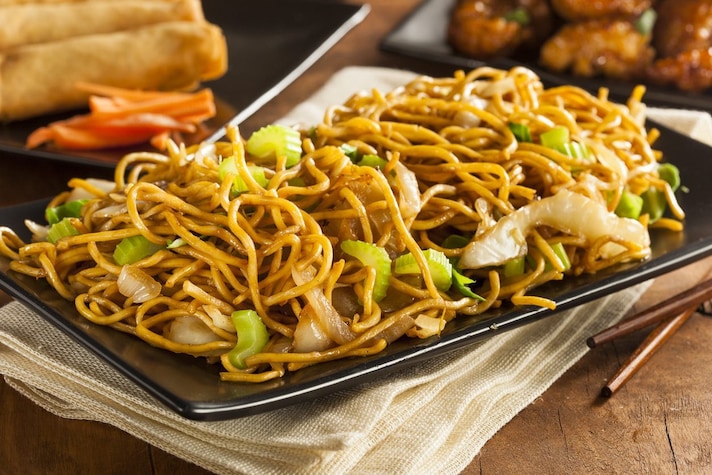
Originally, noodles were made with millet, but today they are made with different types of flour (buckwheat, corn, rice, soy, mung bean and even seaweed), added to water and in some cases eggs. It is precisely in the ingredients and preparation that noodles differ from Italian pasta.
Italian spaghetti, generally made with durum wheat flour, undergo mechanical drawing while the noodles are cut directly from the resulting sheet into strands of different thicknesses based on different traditions.
All Types of Needles
Noodles is a very broad term that encompasses the many different types of this particular oriental pasta: in fact, there are many existing variants based on the area of origin, which differ from each other in the types of flour used in the dough, types of cooking and the way in which the dish is served. And each type has its own particular and specific name.
In Japan, a country where noodles have become an integral part of the local culture, there are five main variations of this specialty:
- Soba. These are the most popular noodles in the West, too. They are prepared with buckwheat which gives them a brownish color and are cut very thin. They are very versatile and can be eaten both hot and cold with meat and vegetables; they are also very good added to soups.
- Udon. Made with soft wheat flour, they are thicker than soba and have a chewier texture. They are also eaten hot or cold with various toppings.
- Ramen. These are noodles of Chinese origin but have now become an integral part of Japanese culture. They are the most substantial variant, made with wheat flour and egg, which is why they are distinguished from the others by their yellow color. Traditionally they are prepared in broth, enriched with meat or fish, vegetables and sometimes even egg.
- Somen. These are the thinnest noodles, they have a very light and refined flavor and are characterized by a very white color. They are usually eaten in the summer, served cold and seasoned with various ingredients.
- Shirataki. They are the lightest variant of noodles since they are obtained from konjac, a particular tuber from Eastern countries. Very thin, they are famous for their low calorie intake and lightness in nutritional terms.
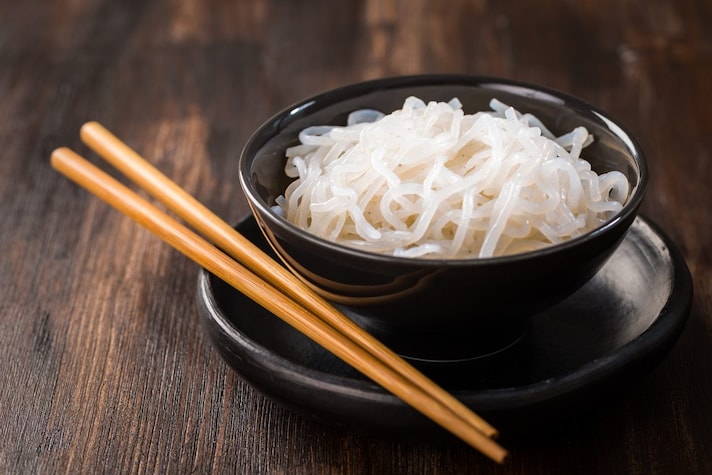
Instant noodles deserve a special mention, now very popular not only in Japan but also in our supermarkets, where it is very common to find them on the shelves dedicated to international cuisine. They are a pre-cooked and dehydrated variety that you can prepare in a few minutes: in fact, they are accompanied by a sachet of seasoning, to which you will have to add boiled water. All you need to do is wait a few minutes and your ramen will be ready.
Introduced in Japan in 1958, they are a sort of “junk food” compared to traditional ramen, but their extreme convenience has made them very popular in their homeland and even globally. They are so loved that they even have a museum dedicated to them: it is called CupNoodles Museum and has two locations, in Osaka and Yokohama.
Noodles are very popular far beyond Japan and in each country where they have become part of the gastronomic culture they have taken on different characteristics and names. In China and Southeast Asia, rice noodles are widely used: they are crumbly and almost white, they are usually sold pre-cooked but still require a second cooking.
In Korea, soy noodles are mostly used, made with mung beans. They are firmer and more elastic than rice noodles, they are hydrated with boiling water before being used and are mainly used in soups or stir-fried in a wok together with various ingredients.
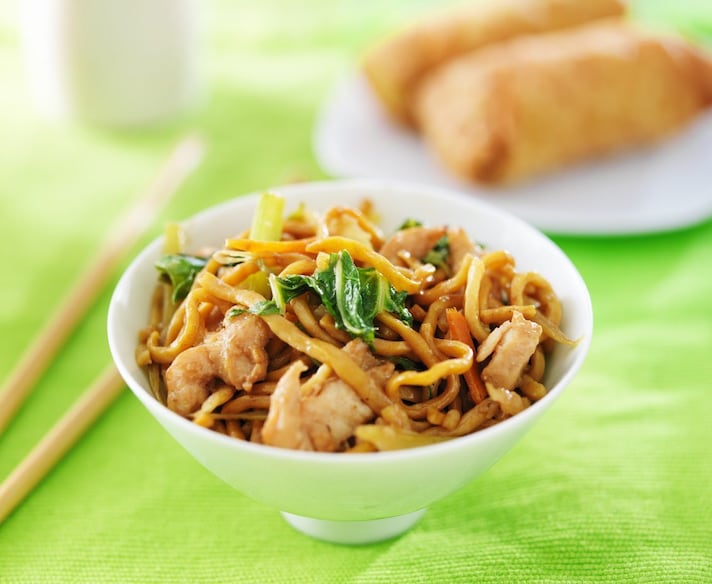
In Thailand, a variety of noodles are used, usually rice-based, cut wide and very porous, which is why they are the type that best absorb sauces and condiments. They are the basis of pad thai, one of the most loved and famous recipes of Thai cuisine, in which they are sautéed with shrimp, peanuts, bean sprouts, sauces and spices.
How to Cook Noodles: Seasonings and Cooking
Because they come in so many different variations, noodles lend themselves to being cooked and seasoned in a variety of ways. As for cooking, generally all types of noodles are sold dehydrated and therefore require boiling or blanching in salted water.
Once rehydrated, you can use them as they are to add to soups and broths – for example if you want to prepare the very famous ramen – or you can sauté them in a pan with vegetables, meat or fish and prepare a delicious one-dish meal, such as pad thai.
Noodles can also be fried or used in creative ways, for example to create special noodle rolls with meat and vegetables. In short, there are many and varied recipes in which you can use oriental pasta: we will suggest a few, but the possible interpretations of this dish are truly infinite.
Just remember one rule: whether you eat them fried or sautéed in a wok, hot or cold, you must always use the typical chopsticks and not cutlery, to live the experience of tasting them as they do in their countries of origin.
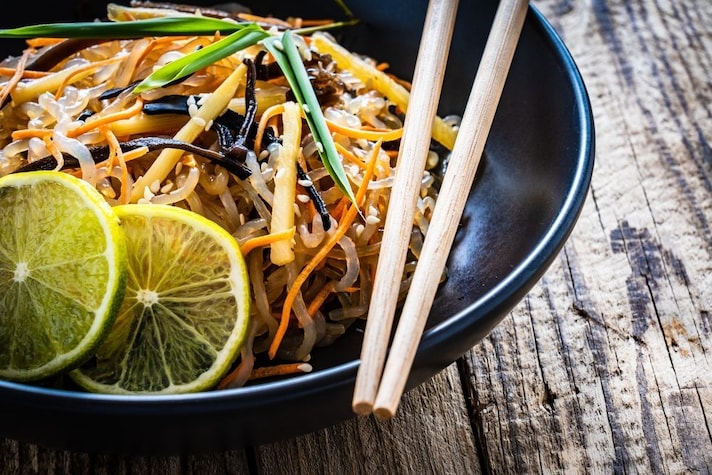
;Resize,width=767;)
